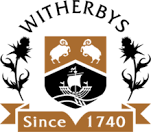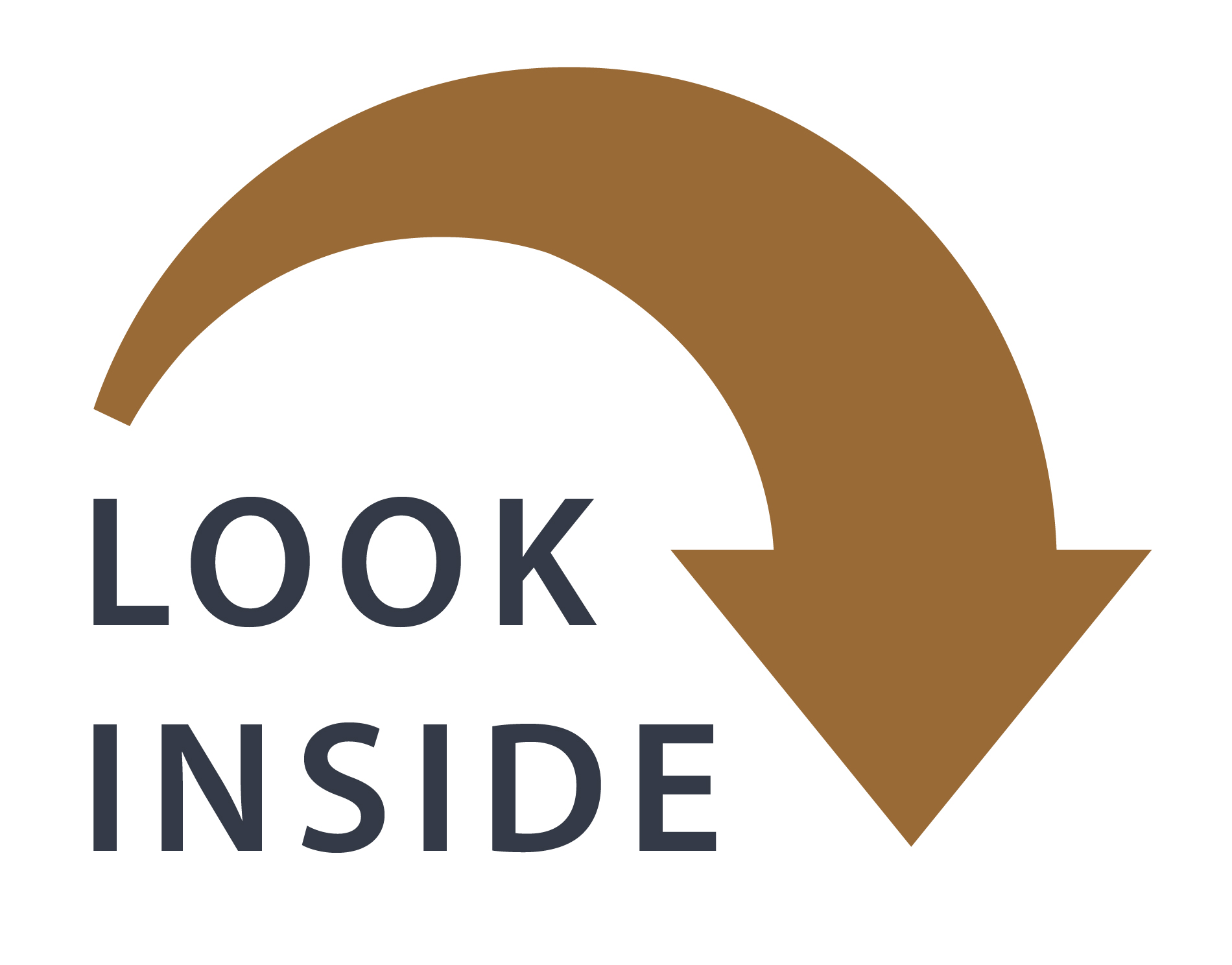
This publication brings together the experience and expertise of over 30 pilots and other industry experts, offering insight into the role of the marine pilot. It covers navigation in different locations, such as canals and rivers as well as deep sea and Coastal waters. Operational considerations, such as the capabilities and limitations of main tug types, are also given.
This publication begins with a brief history of pilotage and pilot liability. It then provides detail on practical aspects of pilotage, such as the Master/Pilot exchange, pilot transfer, ship handling, fatigue management and training and certification. Legal considerations, such as civil liability and exemptions, highlight pilot responsibility for ship damages. Photographs, AIS screenshots and illustrations support the more practical sections on conducting pilotage.
Within
this
book
you
will
find
articles
that
look
forward
to
the
harnessing
and
use
of
technology
for
ever
larger
and
more
complex
ship
types
and
tasks.
This
is
as
it
should
be,
for
the
maritime
industry
is
progressive.
However,
pilots
must
continue
to
employ
traditional
skills,
keeping
mindful
of
the
need
to
look
out
of
the
bridge
window
while
adding
the
use
of
marine
technologies
to
their
skill
set.
The
publication
contains
a
large
number
of
articles
from
pilots
all
over
the
world.
This
is
reflected
by
American
articles
being
written
in
American
English
and
other
articles,
in
UK
English.
1. Legal and Statutory
1.1 International Maritime Organization (IMO)
1.2 National Instruments
1.3 Liability and Criminalisation
1.4 Immunity and Exemptions
2. Conducting Pilotage
2.1 Planning – Pilot’s Passage Plan
2.2 Master/Pilot Exchange (MPX)
2.3 Communications and SMNV
2.4 Underkeel Clearance (UKC)
2.5 Winter Pilotage
2.6a Canal Pilotage – Panama Canal
2.6b Canal Pilotage – Kiel Canal
2.7 River Pilotage
2.8 Deep Sea Pilotage
2.9 Straits Pilotage
3. Ship Handling
3.1 Propulsion, Steering and Power
3.2 Ship Blackouts, Shaft Generators and Controllable Pitch Propellers
3.3 Navigation Technology and Equipment
3.4 High Sided Vessels
3.5 Azimuthing Control Devices
3.6 Squat
3.7 Interaction
3.8 Tug Use
3.9 Sailing Vessels
3.10 Handling Unusual Vessels
3.11
Warships
3.12
Fast
Craft
4. Requirements, Training and Certification
4.1 Overview
4.2a Entry Routes to the Profession – France
4.2b Entry Routes to the Profession – USA
4.3 Continuous Professional Development
4.4 Mentoring Training
4.5 Use of Simulators
4.6 Scaled Manned Models
4.7 Bridge Resource Management for Pilots
5. Human Element – Fatigue
5.1 Fatigue Management
6. Transfers
6.1 Ladder Safety
6.2a Pilot Boat Evolution
6.2b Pilot Vessel Types
6.3 Helicopter Use
7
IMPA
Strategy
IMPA
IMPA,
The
International
Maritime
Pilots’
Association,
is
a
professional,
nonprofitmaking
body
with
a
truly
international
outlook.
It
is
primarily
concerned
with
promoting
professional
standards
of
pilotage
worldwide
in
the
interests
of
pilots’
safety.
It
seeks
to
fulfil
this
momentous
task
by
encouraging
both
consultation
between
its
members
and
the
exchange
of
technical
information
with
other
industry
partners
and
regulators
at
the
local,
national
and
international
levels.
The
association
was
formed
thanks
to
the
initiative
of
pilots’
associations
from
the
five
continents
whose
representatives
met
in
Kiel,
Germany
in
June
1970.IMPA
was
officially
launched
in
Amsterdam
in
May
1971.
To
date,
it
has
over
8,000
members
in
54
countries.
IMPA
seeks
to
achieve
its
principal
objective
–
the
promotion
of
professionally
sound
and
safe
pilotage.
- Number of Pages:
- 234
- ISBN:
- 9781856096355
- Binding Format:
- Hardback
- Book Height:
- 305 mm
- Book Width:
- 218 mm
- Weight:
- 1.5 kg
- Author:
International Maritime Pilots Association
- Published Date:
- May 2014
- Preview:
- Yes
 Witherbys.com
Witherbys.com


